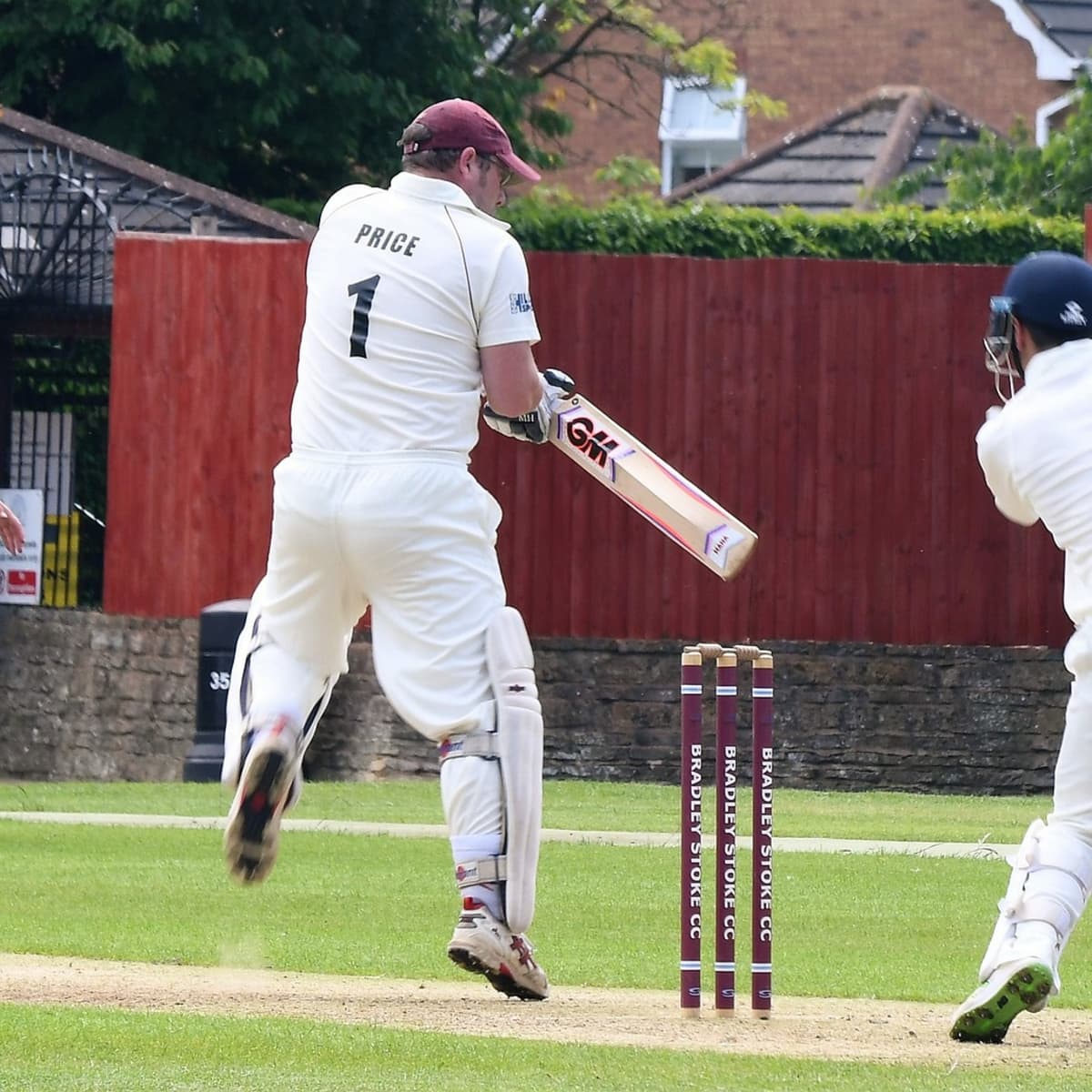
Here the ODI Play Rules is if the batsman doesn't get ready within two minutes, the batsman is asked not to repeat it by on-field umpires. Shot Playing Time:It is observed that sometimes the bowler is ready to deliver the ball, but the batsman is not ready yet to face it. The Rules for injured Players:If an injured player goes outside of the field and doesn't inform the umpire when returns, then five runs will be cut from the total score of the fielding team. At the same time, if the ball hits the wicket and the bails don't fall from the stumps, then the batsman will be declared not out. If Bails don’t fall:When the bail is completely removed over the stumps when the ball hits it, the batsman is declared out. So, the appeal is obligatory that says ODI Play Rules #27. If a batsman gets out through caught behind, LBW, or other possible means, the batsman considered not out until the fielding side doesn’t appeal for it. The appeal is a must consideration in One Day Cricket Match.

Remember, if the match is less than 25 overs, then only one new ball is given. New Balls:The fielding team can use two new balls in an innings in ODI cricket. Otherwise, the attendant batsman will be declared out. The Rule of Time Out:When a batsman gets out, the following batsman should come to the crease within three minutes to bat. And, the numbers of the fielders increase up to five fielders in the last ten overs. From 11 to 40 overs, a maximum of four fielders is allowed outside the ring. Rules of ODI Cricket Field Restrictions:In one-day international cricket, the fielding side can have a maximum of two fielders outside of the 30-yard ring in the first ten overs, which is known as mandatory power play overs. Generally speaking, in One Day Match conditions of the pitch are in favor of batsman to score more runs while in Test it is vice versa. Pitch: The cricket pitch brings a big difference to each format. Cricket is a game of talent and mastery so, some are perfect for both formats. Skills: Some players are great for Test matches, and at the same time, some are great for limited over matches like ODI or T20. But, when it comes to Test cricket, a good bowler can swing a lot and batsman tries to save his wicket rather than playing risky shots. A team can even hit the bigger shorts to the opposition bowler which consider difficult to play. Style of play: In the One Day cricket match, players try to score maximum score irrespective of the bowlers and situation.


Applications for scholarships should be submitted well ahead of the school enrollment deadline so students have a better idea of how much of an award, if any, they will receive.Picture: Colored Kits in cricket were first introduced in 1992 (Picture Credit: Pinterest)

Some scholarships require students to meet specific criteria, such as a certain grade point average or extracurricular interest. Scholarships are offered by a wide array of organizations, companies, civic organizations and even small businesses. Students who takes classes fully online perform about the same as their face-to-face counterparts, according to 54 percent of the people in charge of those online programs Through this method, professors can tell whether or not the same student is typing during a test. The most effective way to catch a cheater includes proctored exams. Online universities and massive open online courses use a variety of tools to deter students from cheating.
TEST CRICKET SCORING EXPLAINED FREE
You can find the free courses in many fields through A free course gives you a chance to learn from industry experts without spending a dime.


 0 kommentar(er)
0 kommentar(er)
